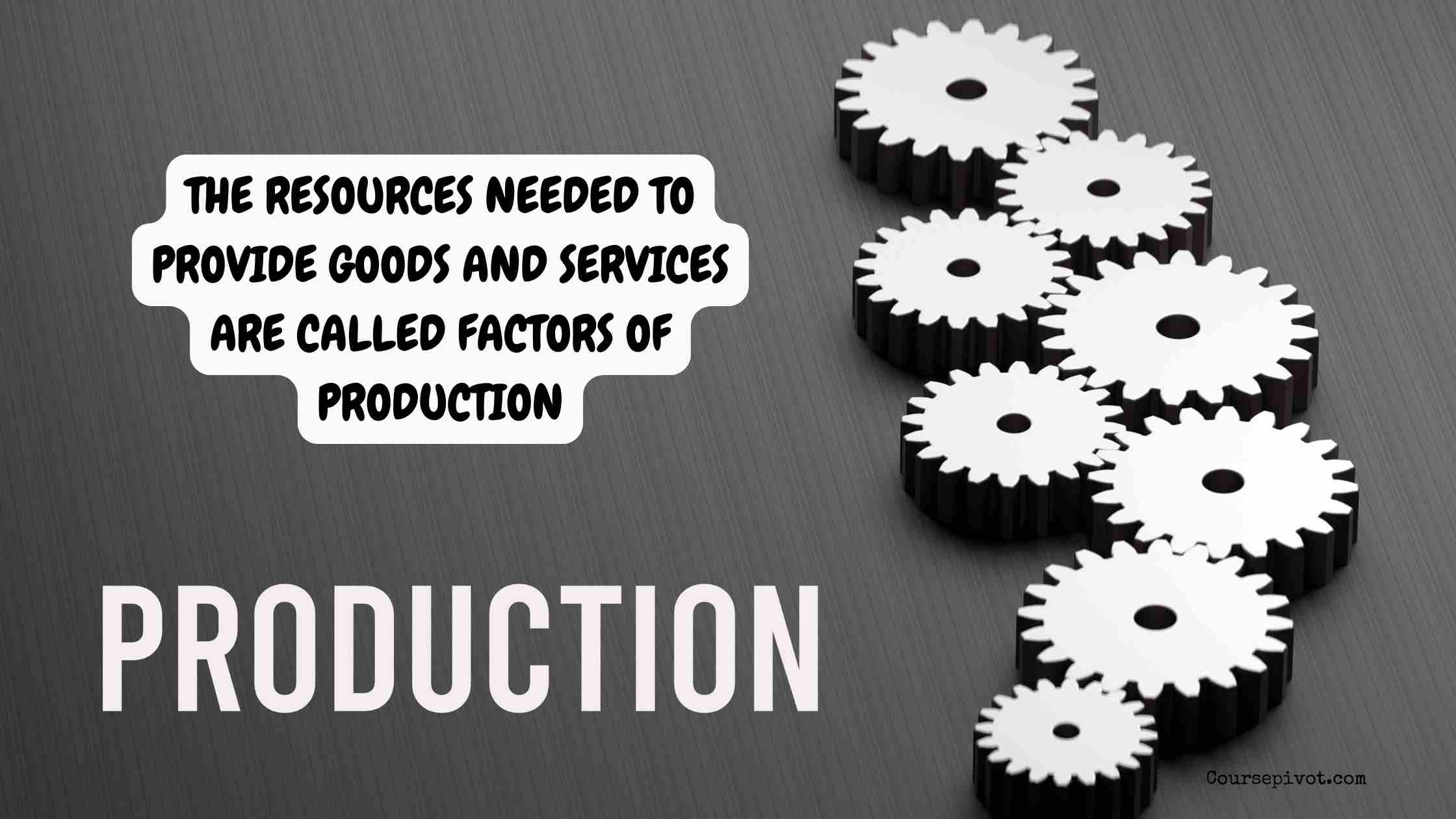
The Resources Needed to Provide Goods and Services Are Called Factors of Production
Creating goods and services requires essential ingredients that power economies. I’ve always been fascinated by how businesses turn raw materials and effort into products we use daily. Understanding that the resources needed to provide goods and services are called factors of production unlocks the mechanics of how economies function. In this article, I’ll explore five key factors of production, drawn from my own research and observations of how things are made. These insights reveal the backbone of production. Let’s dive into what factors of production are and why they matter.
Table of Contents
Ever wondered what it takes to make the stuff you buy? It’s not just magic—it’s a mix of critical resources. Ready to explore five factors that drive production?
Everything we use comes from somewhere. I’ve marveled at how farms, factories, and offices rely on these building blocks. Let’s uncover why factors of production are essential.
1. Land
Land provides the natural resources needed for production. This is a core factor of production. I’ve seen how farmland and mines fuel entire industries.
- Raw materials. Timber, oil, and minerals come from land.
- Space for work. Factories and offices need physical locations.
- Agricultural base. Crops feed populations and economies.
Why is land vital? It’s the starting point for resources. Without it, production stalls.
2. Labor
Human effort drives the creation of goods and services. This is a key factor of production. I’ve watched workers transform ideas into reality.
- Skilled workers. Engineers and artisans craft quality products.
- Unskilled labor. Assembly lines rely on consistent effort.
- Mental work. Designers and planners shape outcomes.
Why does labor matter? People’s skills and energy make things happen. No effort, no output.
3. Capital
Tools, machines, and money enable efficient production. This is a major factor of production. I’ve noticed how equipment boosts output in factories.
- Physical capital. Machines and factories speed up work.
- Financial capital. Investments fund business growth.
- Technology. Advanced tools improve quality.
Why is capital crucial? It amplifies human effort. Better tools mean better results.
4. Entrepreneurship
Visionary individuals organize resources to create value. This is a vital factor of production. I’ve admired entrepreneurs who turn ideas into businesses.
- Innovation. New products solve problems.
- Risk-taking. Entrepreneurs invest time and money.
- Coordination. They align land, labor, and capital.
Why entrepreneurship? It sparks progress. Visionaries drive economic growth.
5. Knowledge
Expertise and information enhance production efficiency. This is a growing factor of production. I’ve seen how know-how transforms industries.
- Technical skills. Coders and scientists innovate.
- Data insights. Analytics optimize processes.
- Training. Skilled workers outperform others.
Why value knowledge? It’s the edge in modern economies. Smarter methods yield more.
Read our blog on 10 Reasons Not to Microchip Your Dog
What’s Next for You
Grasping that the resources needed to provide goods and services are called factors of production is like seeing the gears of the economy turn. I’ve been amazed by how land, labor, capital, entrepreneurship, and knowledge come together to create everything around us. These five factors show the foundation of production and progress. They’re not just abstract—they shape your daily life. Will you overlook these forces, or appreciate their role in your world?
Here’s how to engage:
- Observe production. Notice resources in everyday products.
- Learn economics. Read about how businesses use these factors.
- Support innovation. Back entrepreneurs or learn new skills.
Factors of production are everywhere. Why they matter is clear—they build our lives. Start today to see the world through this lens.
Cite this article
You can copy and paste your preferred citation format below.
Martin, L. & Arquette, E.. (2025, May 30). The Resources Needed to Provide Goods and Services Are Called Factors of Production. Coursepivot.com. https://coursepivot.com/blog/the-resources-needed-to-provide-goods-and-services-are-called-factors-of-production/



